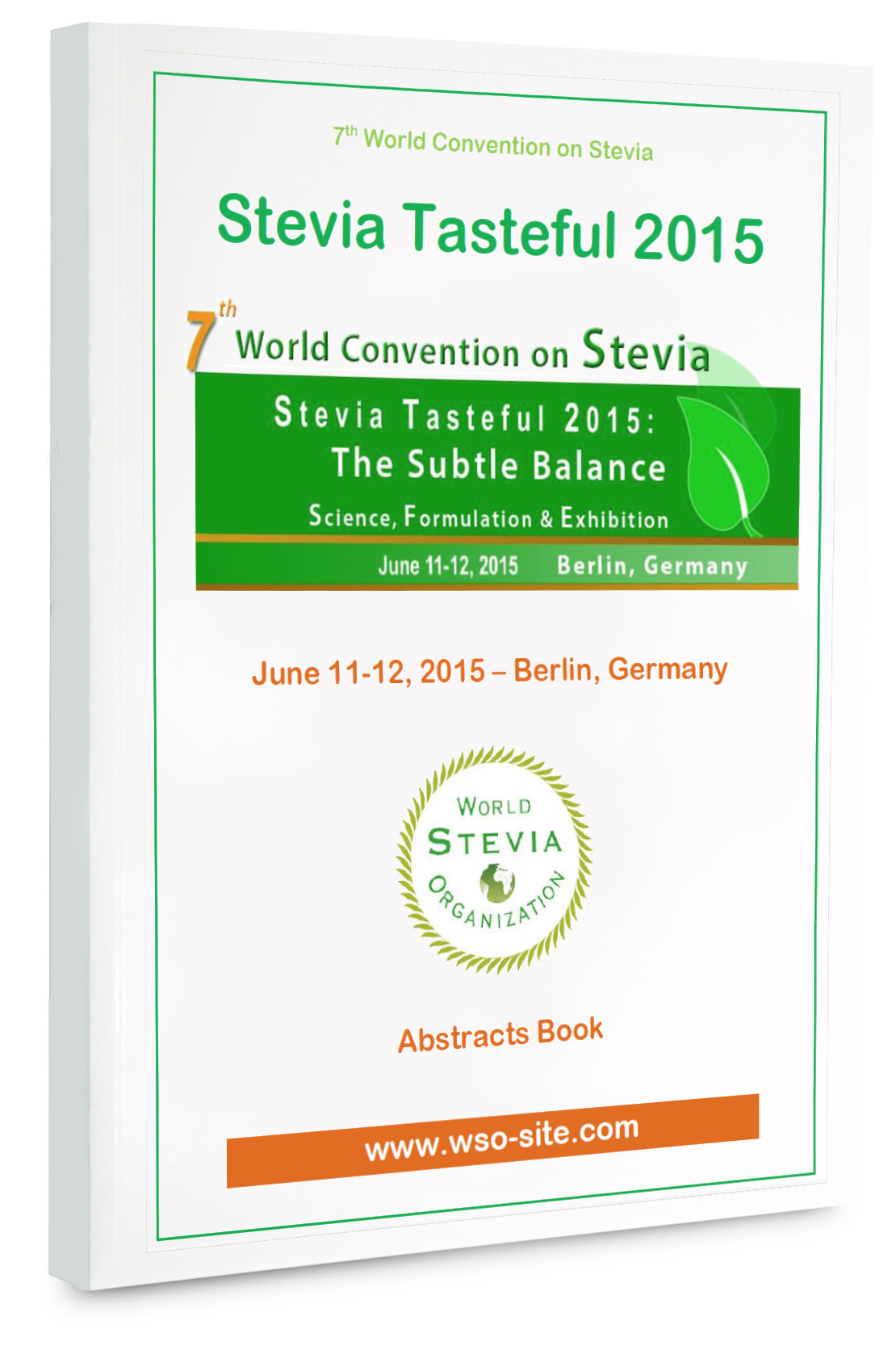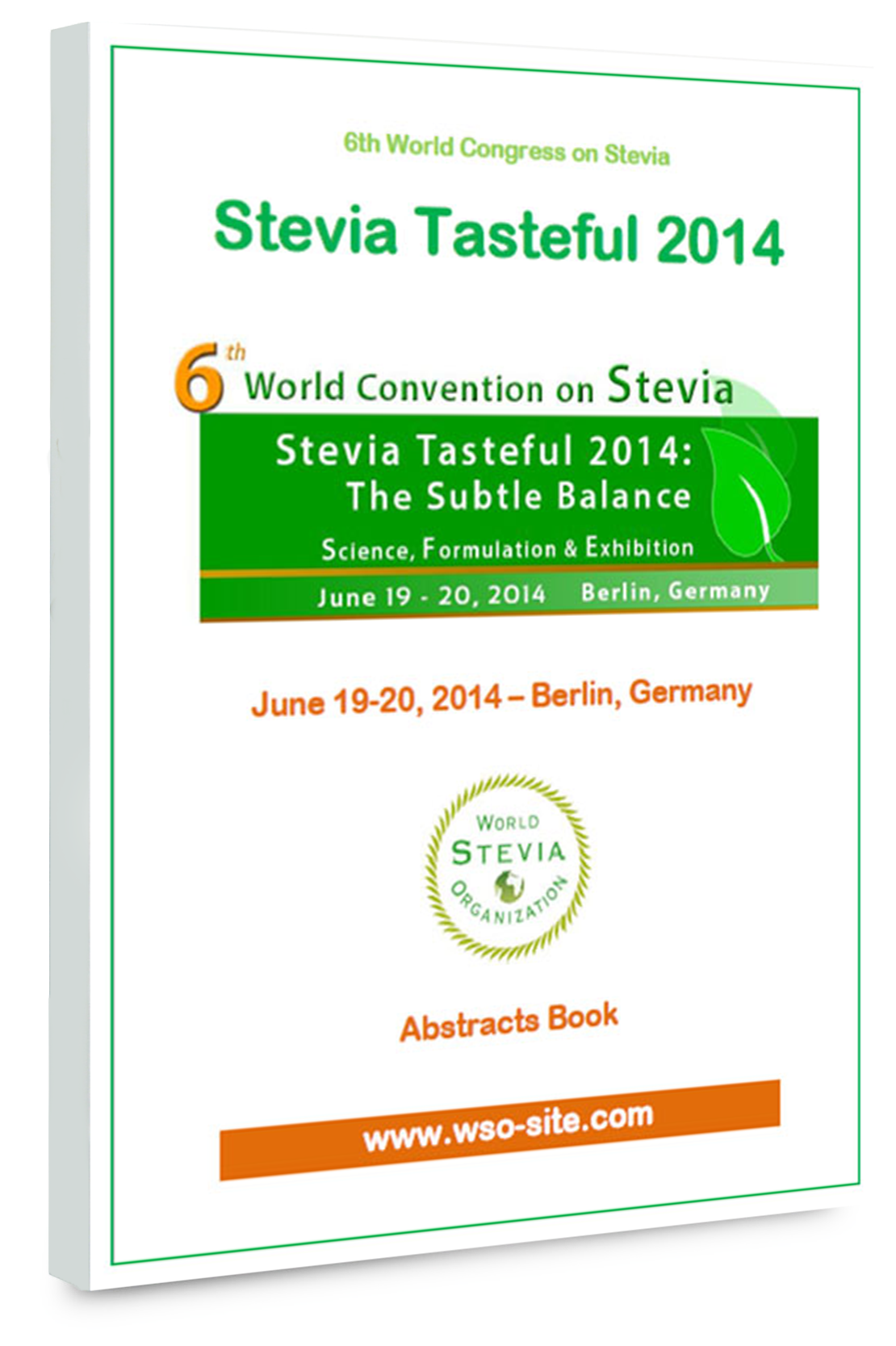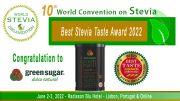Stevia residue is the waste of stevia after stevioside extraction, dehydration, and high-temperature drying. Most stevia residue is landfilled and burned, and a small part is made into fertilizer, which causes great waste and environment pollution. Stevia residue has a low price, high fiber content, high crude-protein content, and long shelf-life; it is a source of high-quality green crude fiber, and crude fiber can accelerate intestinal peristalsis and emptying, reduce feed nutrients, and effectively solve the problems of pregnant sows breeding. However, the effects of high-fiber diets on the intestinal microflora of pregnant sows have rarely been investigated.
To examine the effects of high-fiber diets on the intestinal flora of pregnant sows, this study fed pregnant Danish Landrace sows similar caloric–protein ratios with different crude fiber contents and compared the effects of crude fiber on the fecal microflora.
In conclusion, the article found that a high-fiber diet can maintain intestinal homeostasis in pregnant sows, promote the relative abundance of beneficial bacteria, and reduce the relative abundance of harmful bacteria. The 30% stevia residue group with a crude fiber content of 9.15% had the best effects. Stevia residue is low-cost and high yielding, which can effectively reduce the feed cost of pregnant sows.
Article DOI: 10.3390/ani10122247
Authors: Miao Yu & al.

























